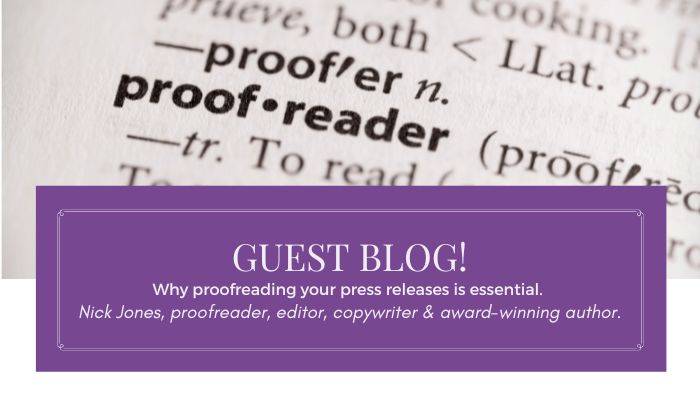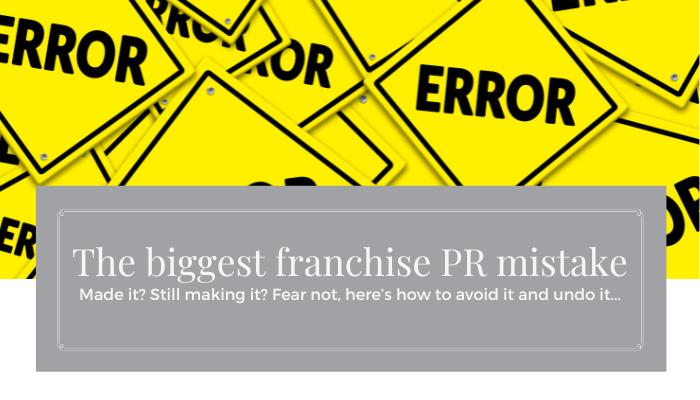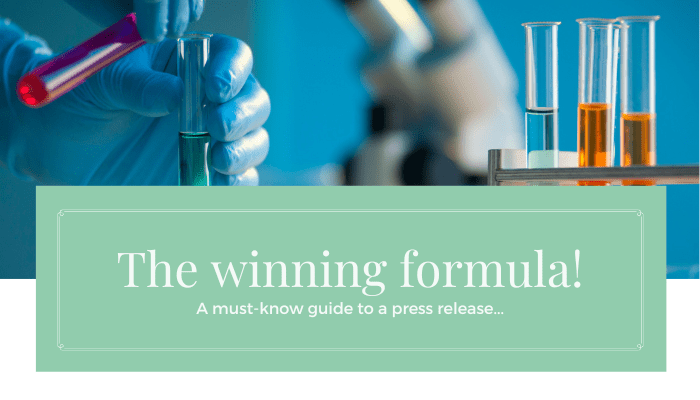And, just like that, the fifth PR sin in our series of 7 deadly PR sins has arrived…
Sin 5: Wrath
Not to be confused with slagging off the competition! The PR sin of wrath focuses on how you conduct yourself when faced with negativity in a public forum. These days this happens most often online and this is also where things can really get out of hand.
We all know (or at least most of us do!) how to behave when networking or at industry events but, weirdly, when it comes to online and print mediums, the safety of being behind that laptop screen can lead some of us to let loose our inner wrath. This is almost always detrimental to your personal profile and, consequently, your business. We’ve heard so much about online trolls over the last few years and it leaves a very nasty taste, doesn’t it? But if you don’t check yourself, you can easily become that troll when you rush to defend your good name or your brand.
There are 3 main triggers:
- A negative review from a customer
- Misquotes and factually incorrect statements
- And, less common but it still happens: a poor write-up/expose from a journalist.
Don’t wait for it to happen!
When faced with any of the above, frustrations run high and that fury-filled monster rattles the bars on his cage. The key is not to let your initial personal feelings (usually anger, indignation… wrath) form the basis for your reaction and, ultimately, your responses. What can you do? It’s simple really…
As part of your PR strategy, you should always have a crisis plan. This is a company-wide policy that dictates how any negative PR is responded to, by whom and in what format. It will outline, step-by-step, what actions should be taken in the event of a potentially damaging comment or story.
Here are the main elements to consider when putting your crisis PR plan together:
1. Speed of response:
A timely response is crucial. BUT leave emotions at the door, especially on social media where things can escalate very quickly. Running potential scenarios through a crisis PR plan helps cut response time down because you’ll already be part prepared for a similar situation.
2. Who responds:
Decide who is going to represent your company in these situations. If an employee has made a genuine mistake, don’t leave them to take the fall – take control. A senior figure within the company is best to address the situation – it’s reassuring to both the public and your team. Make sure your spokesperson can be contacted easily.
3. Tone of voice:
The customer is always right. Remember hearing that and rolling your eyes? When it comes to negative PR, you need to make that your mantra as you craft your public response. No matter what you’re actually feeling, apologise for the negative experience, faulty product, poor service; whatever the issue might be. And do so genuinely.
4. Making it right:
There’s often the opportunity to turn a negative experience into a PR triumph. What can you do for your customer that they will genuinely value and has enough thought behind it for them to share the gesture with others? This does NOT mean throw money at them! Actions can be as insulting or as comforting as words. Again, if you’ve thought the response through for a crisis PR plan, you’ll be able to decide what is appropriate with ease.
You will get a bad review at some point. Fact. It’s irresponsible to assume it’s never going to happen to you. We’re all human and people make genuine mistakes. How you handle it publicly can be more important and have a longer-lasting impact on your brand than the initial negativity. So, make a plan, make sure everyone knows exactly how to follow it and then get on with your business safe in the knowledge your inner wrath will stay safely in its cage.
Stay tuned for next week’s PR sin reveal.
Want to hear more from TeamRev? Follow us on LinkedIn, Twitter or Instagram.





